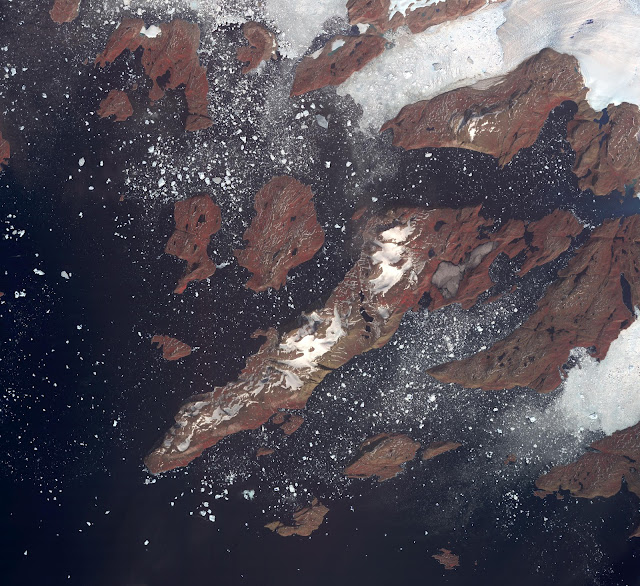CryoSat altimeter view of sea level and topography over the Caribbean Sea and Cuba. The image shows radar reflections that differ in intensity between the water and elevated land. Near the edges of the island, points of high radar reflections are pictured in red. This is due to the higher reflectiveness of calm waters of the bay and over coral reefs.
Image credit: ESA















































